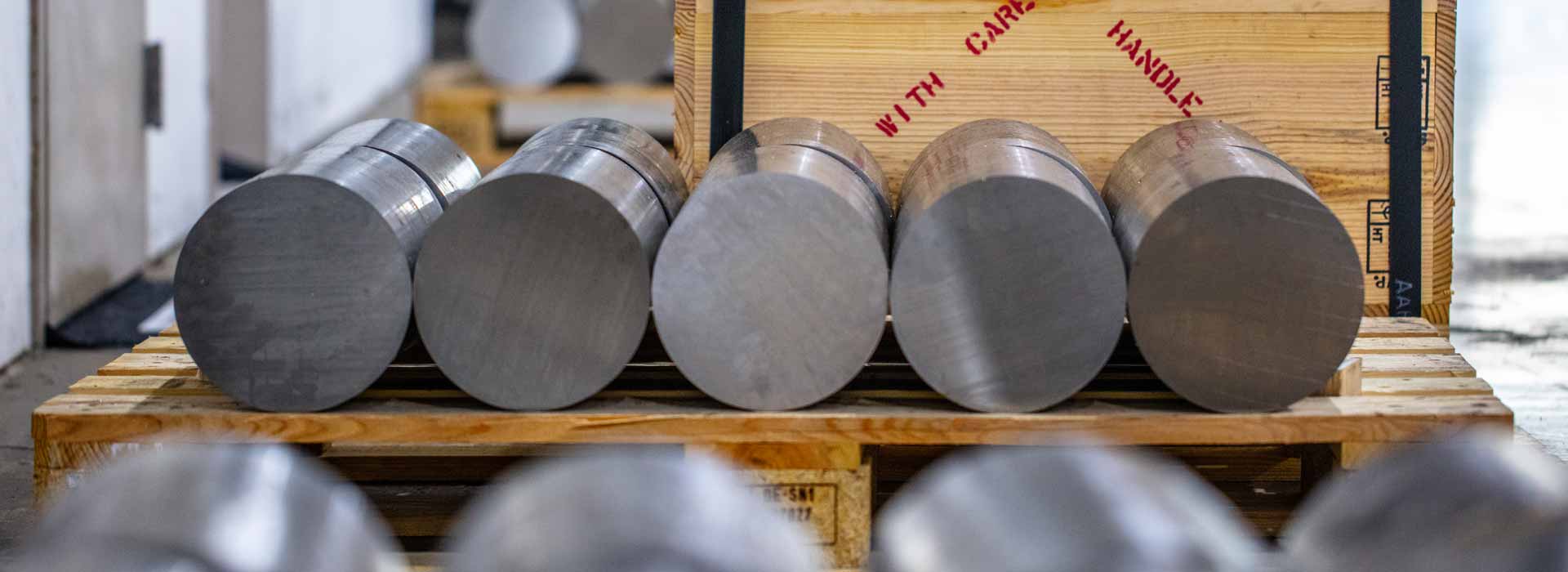A process of hardening a ferrous alloy of suitable composition by heating within or above the transformation range and quenching in oil.
Stain produced by the incomplete burning of the lubricants on the surface of the sheet. Rolling subsequent to staining will change color from darker browns to lighter browns down to white.
Steel adaptable to hardening by heat treatment and quenching in oil.
A method of measuring the ductility and drawing properties of strip or sheet metal which involves determination of the width and depth of impression. The test simulating a deep drawing operation is made by a standard steel ball under pressure, continuing until the cup formed from the metal sample fractures. Readings are in thousandths of an inch. This test is sometimes used to detect stretcher straining and indicates the surface finish after drawing, similar to the Erichsen ductility test,
Rough surface on black plate, sheet or strip, resulting from imperfections in the original steel bars from which the plate was rolled.
Process of making steel by heating the metal in the hearth of a regenerative furnace. In the basic open-hearth steel process, the lining of the hearth is basic, usually magnesite; whereas in the acid open- hearth steel process, an acid material, silica, is used as the furnace lining and pig iron, extremely low in phosphorous (less than 0.04%), is the raw material charged in.
(effect) - A surface roughening (defect) encountered in forming products from metal stock that has a coarse grain size. It is due to uneven flow or to the appearance of the overly large grains usually the result of annealing at too high a temperature. Also referred to as "pebbles" and ?alligator skin."
(crystal) - Arrangement of certain crystal axes or crystal planes in a polycrystalline aggregate with respect to a given direction or plane. If there is any tendency for one arrangement to predominate, it is known as the preferred orientation; in the absence of any such preference, random orientation exists.
A method of even winding metal strip or wire on to a reel or mandrel wherein the strands are uniformly overlapped. Sometimes termed "stagger wound" or "vibrated wound." The opposite of ribbon wound.
Aging under conditions of time and temperature greater than those required to obtain maximum strength.
The addition of oxygen to a compound. Exposure to atmosphere sometimes results on oxidation of the exposed surface, hence a staining or discoloration. This effect is increased with temperature increase.
A length of pipe used to convey oxygen onto a bath of molten metal.
